Potassium monophosphate for cucumbers
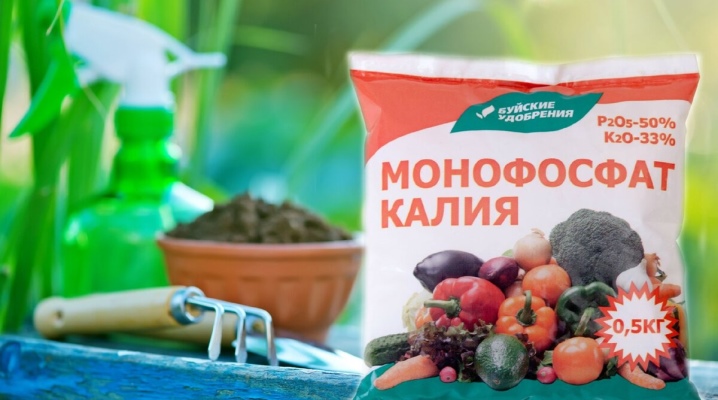
Potassium monophosphate is commonly used to feed cucumbers after a period of prolonged rains. This fertilizer fills the soil with useful elements and actively nourishes the plants.
Advantages and disadvantages
Potassium monophosphate belongs to mineral fertilizers. It contains phosphorus and potassium. The product is easily soluble in water and can be used to treat most plants and flowers that grow on the site.

This fertilizer has many benefits.
- It does not contain chlorine. This means that nothing interferes with the assimilation of potassium and nitrogen by the plant.
- Fertilizer does not change the pH level of the soil.
- Fully absorbed by the root system in a short time.
- The use of fertilizer helps to increase yields. In addition, the harvested cucumbers have a longer shelf life and better taste.
- Plants become more hardy and are not afraid of fungal diseases, including powdery mildew.
- Potassium monophosphate can be used for both root feeding of plants and foliar.
- The product is non-toxic and therefore does not harm the human body.
- There is no risk of harming the plant itself, using too much fertilizing. The excess will simply remain in the soil, making it more fertile.
The main disadvantage of this fertilizer is that it promotes the development of not only cucumbers, but also weeds. Therefore, it should be used carefully.
It is also worth remembering that this product must be used immediately after preparation. Otherwise, it will quickly lose its usefulness under the influence of water and light.

How to breed?
Potassium monophosphate is usually sold as dry granules or powder. Therefore, it must be diluted before use. Typically, 10 grams of the substance is added to 10 liters of water. This is enough for the solution to be effective. This amount of product should be enough for 3-5 bushes. Less solution is needed to water the seedlings. If unused liquid remains after using it, it can be used to fertilize other plants in the area.
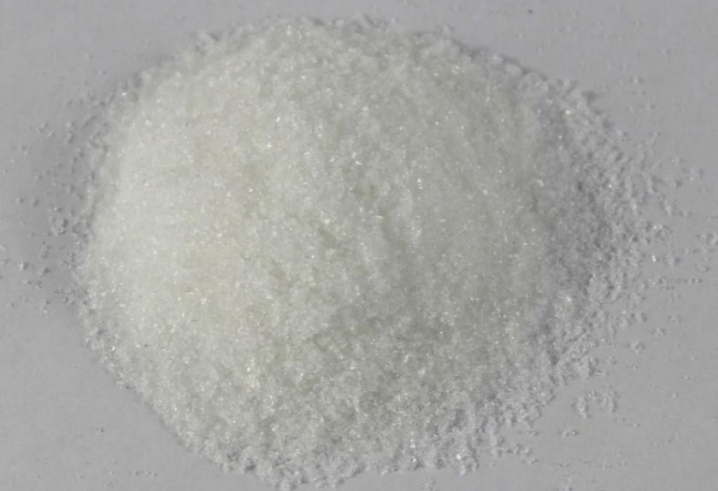
To dilute powdered potassium monophosphate, you need to take high-quality soft water. Distilled or boiled liquid is great. The granules can be dissolved in any water. This will not affect the quality of the fertilizer in any way. The temperature of the water used to prepare the solution should be around 20-25 degrees.
A solution with this concentration is well suited for root feeding. If the plant is planned to be sprayed, the dosage should be doubled. This means that 20 grams of the drug must be added to 10 liters of water.
If the cucumbers are grown in acidified soil, citrates can be added to the potassium monophosphate solution for watering the plant. In this case, one tablespoon of citric acid and ammonia are poured into 10 liters of solution. The mixture is thoroughly mixed and immediately used for its intended purpose. You need to water cucumbers with it carefully. Each bush usually takes one liter of the mixture. This fertilizer should be applied every 2 weeks.
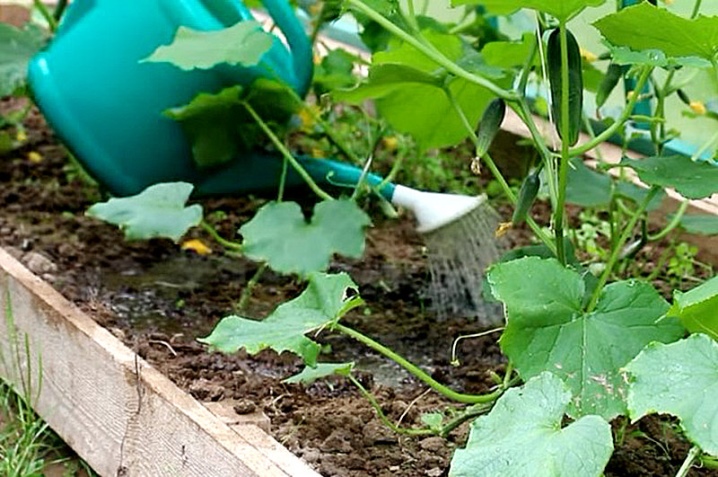
Timing and frequency of use
It is best to spray plants in the garden and vegetable garden in the early morning or after sunset. If you fertilize cucumbers during the day, the product will evaporate very quickly in the sun and there will be no benefit from it. In the morning and in the evening, the liquid is perfectly absorbed and does not evaporate.
In the greenhouse, feeding is usually carried out three times per season. In open ground, fertilizers can be applied more often. Cucumbers growing in the beds are fed 5-6 times from May to August. At the same time, it is very important to take equal breaks between feedings. Fertilizing is best done after rain or watering the beds. In the fall, this drug should not be brought under digging, since there will be no benefit from this.
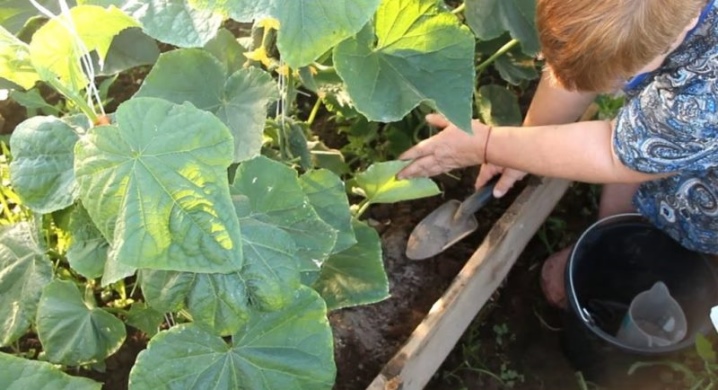
Monopotassium phosphate is first introduced during the growing season. This is done in order for the plant to develop faster. Its use can significantly accelerate the onset of the flowering period. At this stage, nitrogen-containing preparations are added together with potassium. The second time, the product is applied 2 weeks after the first feeding.

In the future, potassium is applied every few weeks. You can fertilize cucumbers even during the fruiting period. It will not harm the plants in any way. The amount of dressings also depends on the condition of the soil on which the cucumbers grow. In order to understand when it is necessary to apply fertilizer again, it is worth carefully examining the beds with cucumbers.
The following signs may indicate a lack of potassium:
- the absence of ovaries on the bushes and a small amount of leaves;
- change in the shape and color of fruits;
- a change in the color of the leaves to a dimmer and darker one;
- the appearance of yellowness at their edges;
- the appearance of bitterness.
To get rid of all these problems will help the timely introduction of the required amount of top dressing. Leaf feeding helps to achieve results in a short time.
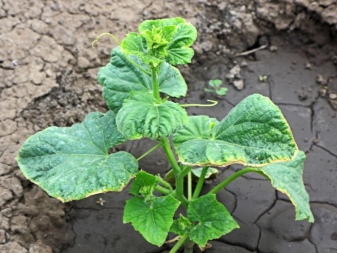
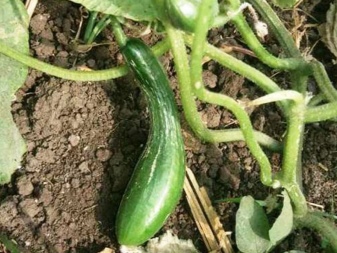
Instructions for use
Potassium monophosphate is usually used for additional feeding of cucumbers. It can be used together with pesticides by adding it to a solution that is used for complex spraying or irrigation. It is not recommended to mix this potassium supplement only with preparations containing large amounts of magnesium and calcium.
This product may only be handled with protective gloves. The solution should not come into contact with mucous membranes or skin. When planning to spray a plant, you should wear a respirator. After work, you should immediately wash your hands with soap and water. If the solution accidentally comes into contact with the skin, rinse it immediately under running water.
In the event that the product is used in a greenhouse, the room must be well ventilated before and after fertilization.
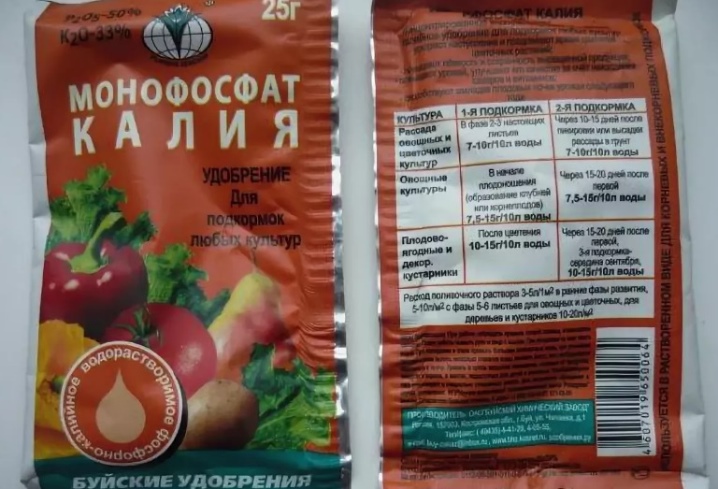
What can be replaced?
If necessary, this preparation for the treatment of plants can be replaced by analogs, which also contain the substances necessary for plants in large quantities.
- Nitroammofosk. This preparation contains phosphorus, sulfur, potassium and nitrogen. Therefore, it is excellent for the development of cucumbers.
- AVA. The product contains very large doses of phosphorus and calcium, therefore it perfectly nourishes plants and promotes their growth. But you need to be more careful with him and not violate the rules for using the product.
- "Pekacid". This medicine also contains phosphorus and potassium. It was invented in Israel. But now the drug is gradually gaining popularity in other countries of the world.
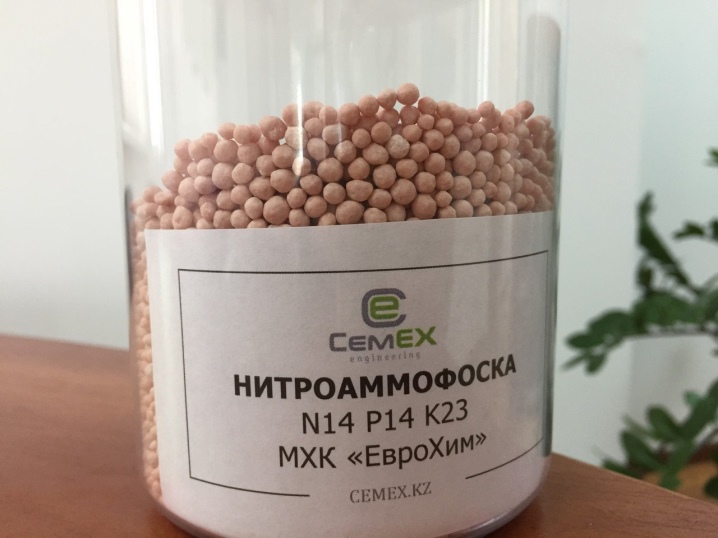
Wood ash is also an alternative source of potassium. It can be used to feed cucumbers during the autumn digging of the site. In addition, this product can be applied under the bushes of seedlings, having previously loosened the soil at the roots. This feeding can be alternated with the introduction of purchased potash fertilizer.

Summing up, we can say that potassium monophosphate is a high-quality top dressing that is completely safe for both people and plants. If you apply this fertilizer according to all the rules, the harvest of cucumbers will be very good.













Hello, did not quite understand how to mix nitrogen-containing fertilizers and potassium monophosphate? Proportions, should they be fed together?
Simultaneous application of monophosphate with other fertilizers is not advisable with nitrogen fertilizers either.
The comment was sent successfully.